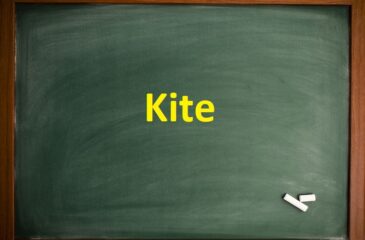A parallelogram is any quadrilateral that has two pairs of parallel sides.
Types of Parallelogram
There are four different types of parallelograms. According to the length of the sides and the size of the angles, the parallelogram can be:
If a parallelogram has four equal sides, then that 2D shape can be either a square or a rhombus. So, if, in addition to the equal sides, the parallelogram has four right angles of 90 degrees each, it is a square, and if its angles are not right, then it is a rhombus.
If a parallelogram has two equal sides, then it can be a rectangle or a rhomboid. If in addition to two equal sides, the 2D shape has four right angles of 90 degrees each, it is a rectangle, and if its angles are not right, then it is a rhomboid.
By clicking on each of the different types of parallelogram you can view:
- The characteristics of the length of the sides and the size of the angles.
- Formula for the perimeter of a parallelogram.
- Example of a solved problem for calculating the perimeter of a parallelogram.
- Formula for the area of a parallelogram.
- Example of a solved problem for calculating the area of a parallelogram.
- Information about diagonals and axes of symmetry.
The perimeter of this 2D figure is calculated as the sum of the lengths of its sides, while the area (in the simplest way) can be calculated as:
- Product of two adjacent sides (for the square and the rectangle).
- Product on one side and its corresponding height.
Similar features
Similar characteristics that two different parallelograms have:
- A square and a rhombus each have four equal sides.
- A square and a rectangle each have four equal angles.
- A rhomboid and a rectangle have two equal sides each.
- A rhombus and a rhomboid have two equal angles each.
A parallelogram has two diagonals that can be equal to each other. This geometric figure can have a different number of axes of symmetry depending on exactly which category it belongs to.
If a given quadrilateral has only one pair of parallel sides, then it does not belong to the group of geometric figures – parallelograms.
Follow the information and materials that will be published in the future. Complete connection with the www.matematikazasite.com/en profiles on Facebook, and Youtube using the buttons below.
Tags: Parallelogram


 Please wait...
Please wait...

